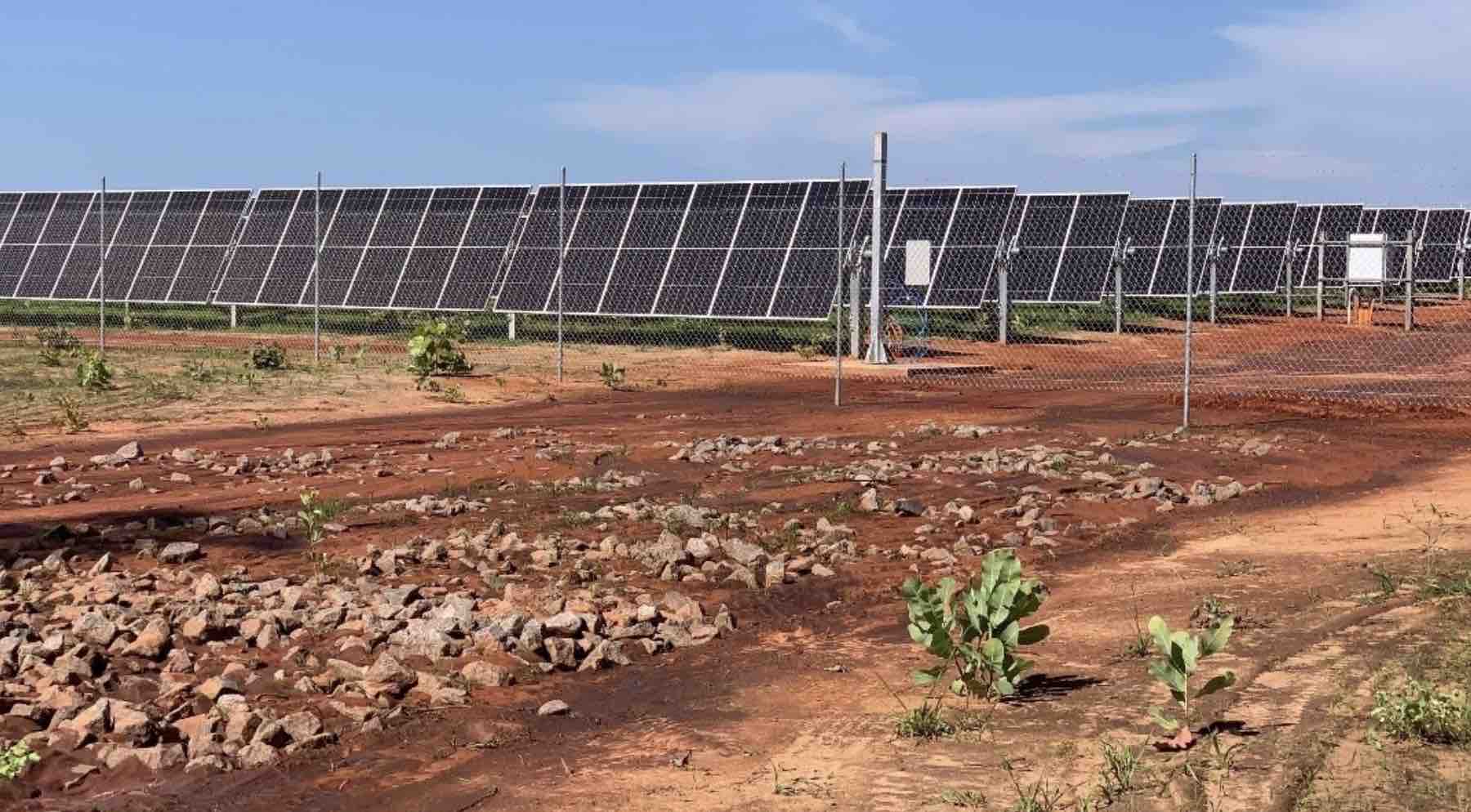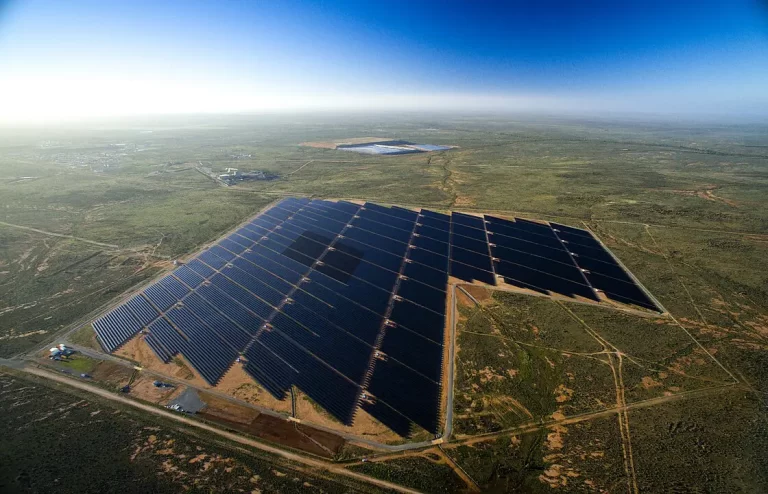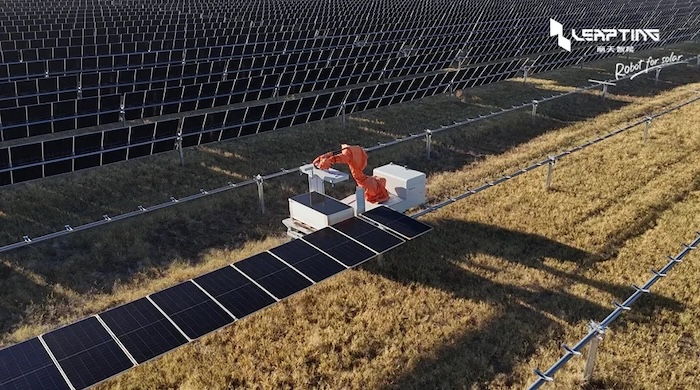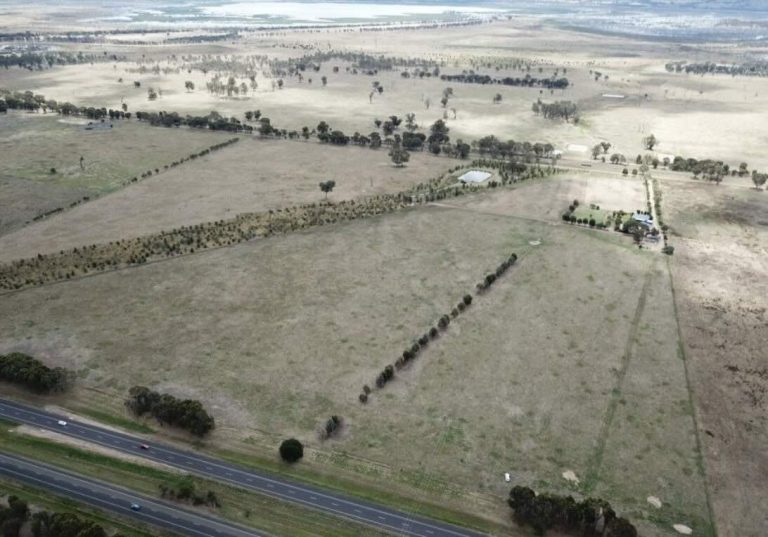Northern Territory Solar Farms Finally Connected to Grid
After a five-year delay, three utility-scale solar farms in the Northern Territory are finally able to send power to the grid and operate at full capacity. These solar projects, located in Katherine, Batchelor, and Manton Dam and collectively owned by Italian energy company ENI, have faced significant challenges in joining Australia’s green energy transition.
While not explicitly prohibited from generating power, the stringent operating conditions imposed post-construction by local regulators made it impractical for the solar farms to operate efficiently. However, recent developments indicate that these issues are now being resolved.
Challenges of Solar Integration
Rod Hayes, the CEO of Jacana Energy, the primary energy retailer in the Northern Territory purchasing power from these solar facilities, highlighted the cost-effectiveness of solar energy compared to other sources. Despite this, challenges remain in integrating solar power with the region’s existing fossil fuel generators due to fluctuations in solar output caused by weather conditions.
Hayes likened the situation to adjusting the load in a moving vehicle, where changes in sunlight exposure directly impact power output. This dynamic nature of solar energy poses unique challenges for energy networks worldwide, requiring innovative solutions for seamless integration.
Progress and Potential
The Katherine solar farm, with a capacity of 25 MW, has made strides in overcoming integration challenges by incorporating a battery system. This addition has enabled the farm to adhere to strict operational forecasts and gradually increase its power output. Similarly, the smaller 10 MW solar farms in Batchelor and Manton Dam are now successfully supplying power to the grid.
Simone Rizzi, head of ENI Plenitude’s Australian operations, expressed pride in the progress made by the company’s solar farms in meeting regulatory requirements and supplying renewable energy to the Northern Territory. Despite initial revenue figures being modest, there is optimism about the long-term benefits of renewable energy contracts in the region.
Legal Challenges and Future Prospects
While some solar projects faced legal disputes over delays in production, the overall outlook for solar energy in the Northern Territory appears promising. Energy retailers like Jacana are committed to exploring renewable energy options to reduce overall energy costs and enhance sustainability.
As the region continues to navigate the complexities of solar integration, collaboration between energy companies and regulators will be crucial in realising the full potential of renewable energy sources. The gradual transition towards a more sustainable energy mix signifies a significant step forward for the Northern Territory’s energy landscape.





55-768x512.jpg)
